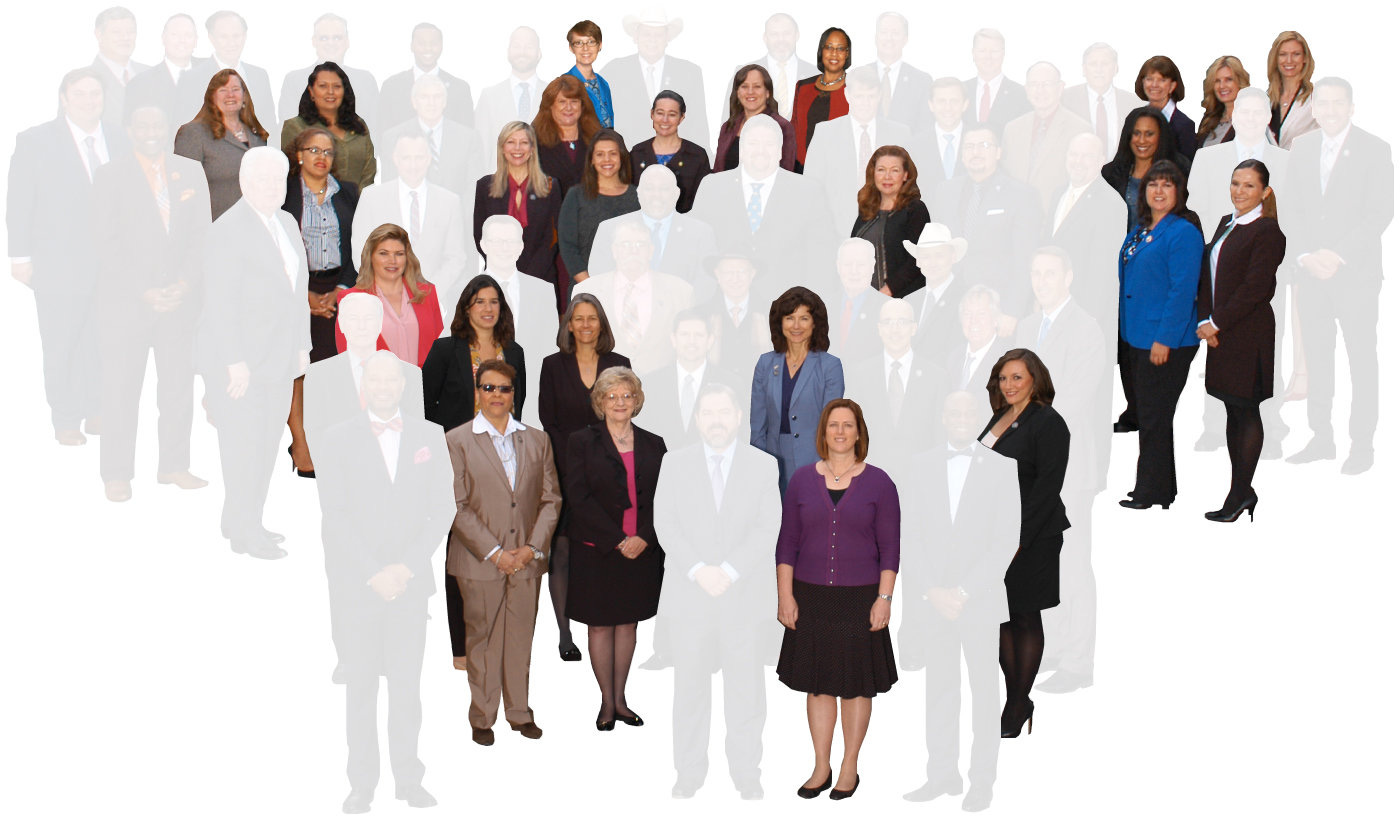If Nothing Changes, It Will Take 100 Years to Reach Gender Parity in State Legislatures. We’re Not Willing to Wait That Long.
How systemic barriers and incremental progress threaten to stall women’s representation—and what it will take to accelerate change.
In 2025, women hold just over 32% of seats in U.S. state legislatures—a record high, according to the National Conference of State Legislatures
—but far from parity. At the current rate of progress, it could take a century before women achieve equal representation in these critical lawmaking bodies. The milestone, once heralded as a sign of progress, now…




